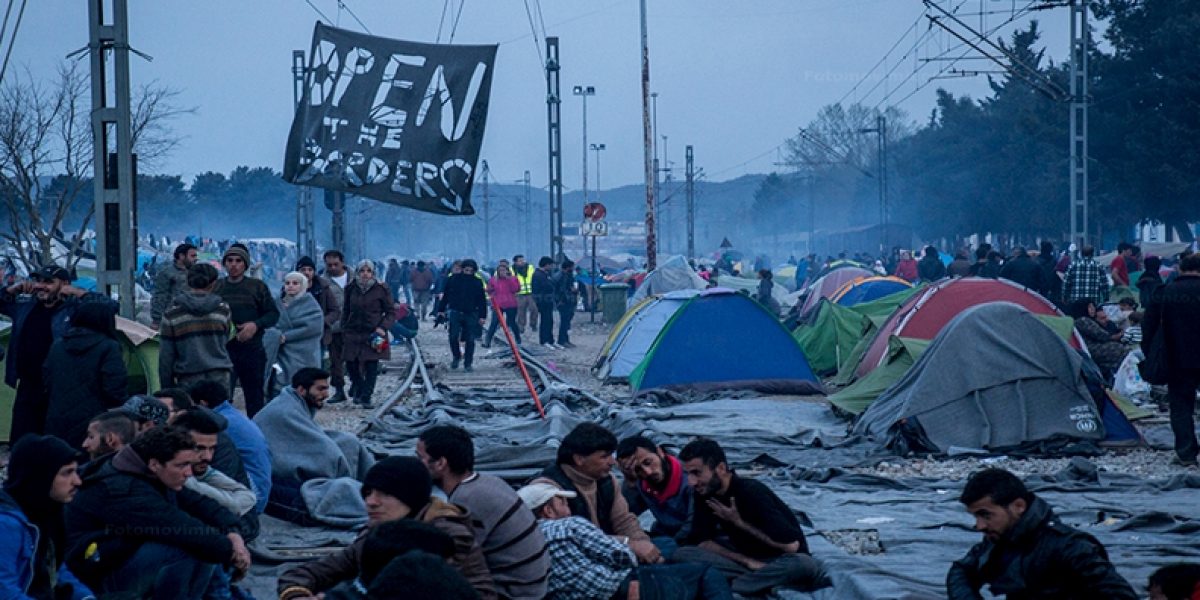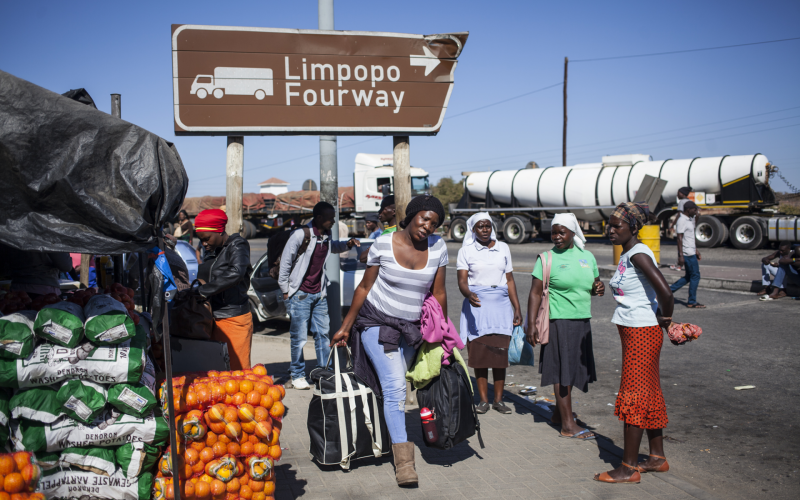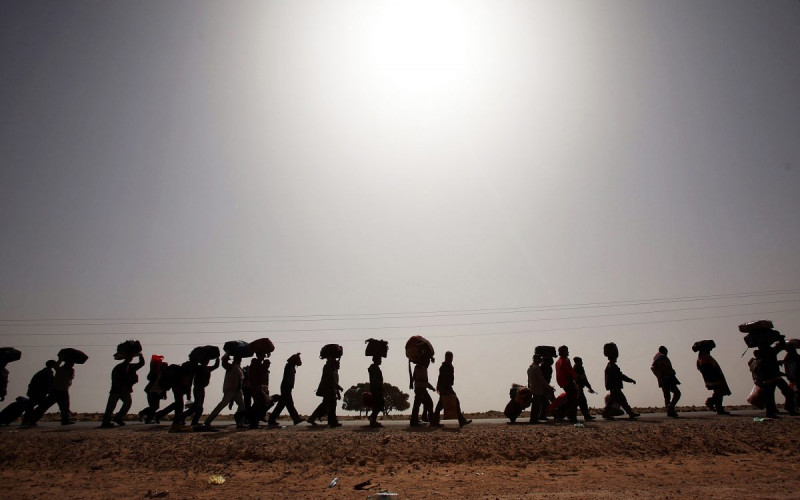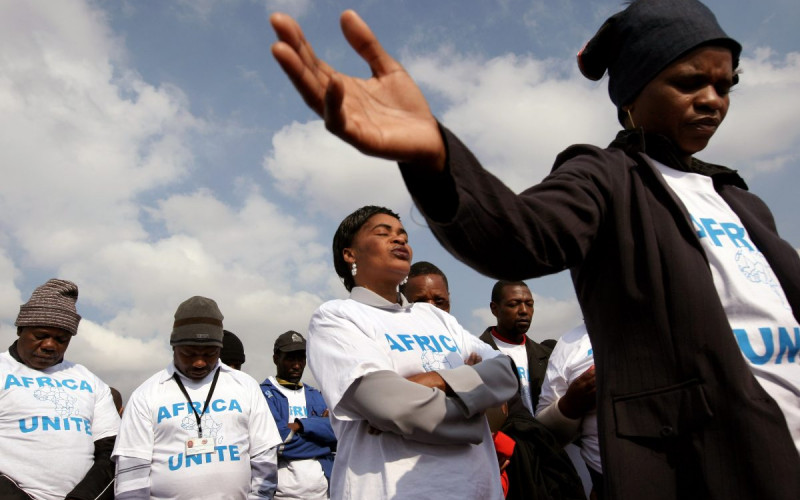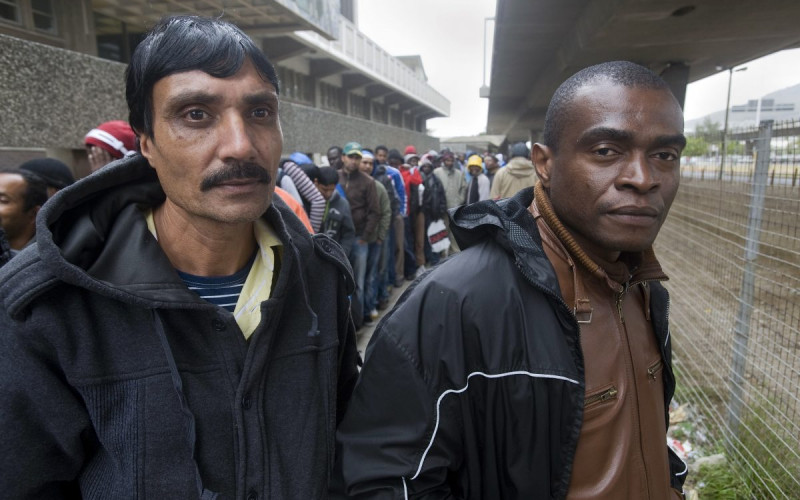Last summer, as large numbers of refugees, the majority fleeing Syria’s civil war, began to cross the Aegean Sea from Turkey to the Greek islands nestling near its shores, the European Union (EU) woke up to a refugee crisis on its own soil. The EU’s response, collectively and – more frequently – individually, was panicked, improvised and uncoordinated, driven by a mix of compassion and hostility.
From the point of view of refugee solidarity in Europe, the autumn of 2015 was the best of times: When Germany announced that all Syrian refugees were welcome, country after country on the ‘migrant trail’ from Greece through the western Balkans opened their borders and let thousands of migrants and refugees pass through every day. Sweden emulated German generosity, taking the largest number of asylum seekers per capita in the EU. Large numbers of citizens across Europe donated and volunteered to help the refugees, including putting them up in their own homes. Crowds showed up at train stations to welcome the new arrivals in Germany. By the end of the year, 1.3 million people, around half of them Syrians, had sought asylum in Europe – most of them in Germany and Sweden.
But it was also the worst of times. Germany’s unilateral decision to suspend the Dublin agreement, which stipulates that refugees must apply for asylum in the first EU country they enter (ie. Greece), was not matched by the rest of the EU. The generosity of the countries along the migrant trail extended no further than to push refugees across their territory, making sure they were someone else’s problem as quickly as possible. In the case of Hungary, even that did not last long. In October 2015, it sealed its borders, first with Serbia, then with Croatia. Others followed suit. By March 2016, shutters had gone down across Europe, from Norway’s Arctic border with Russia in the north, to Macedonia’s Greek border in the south. According to Reuters, 1 200km of fencing has been built or started in Europe, most of it since 2015 (follow this link to an interactive map of how the migrant trail has shifted directions as new walls have gone up).
The closure by Macedonia of its border with Greece has had particularly serious consequences. More than 50 000 migrants and refugees are now stranded in Greece, squatting in informal camps like Idomeni on the Macedonian border, or have been moved into squalid and cramped detention centres by Greek authorities.
Thus, the borders to the EU, with the great exception of Greece, had already been emphatically shut for legal entry by the time, on 8 March 2016, the regional organisation agreed a deal with Turkey to stop the boats and replace ‘irregular arrivals’ with an orderly resettlement programme. The EU-Turkey deal created a ‘one in, one out’, formula: for each Syrian refugee sent back to Turkey from the Greek islands, a (different) Syrian refugee would be resettled in the EU directly from Turkish refugee camps. The deal, which came into force on 18 March, also included promises of generous humanitarian aid to help Turkey care for the 2.7 million Syrian refugees on its territory, loosening visa regulations for Turkish citizens and accelerated negotiations on EU membership.
Six weeks on from the EU-Turkey deal, does it work? The answer depends on what the aim of the deal is. If it is solely to cut off the migrant trail across the Aegean Sea from Turkey to Greece, it has worked. Between 20 March (the cut-off date after which every new arrival would be returned to Turkey) and 20 April, 7 375 people arrived in Greece from Turkey. This is a significantly reduced number from previous months. Furthermore, most of these post-deal arrivals came in the first couple of weeks after the cut-off date. In all of April, only 3 209 people managed to sneak past Turkish police and coastguards, avoid detection by EU naval patrols, and make it to Lesbos and other Greek islands. There they have remained, cramped together in detention centres, cut off from any onwards route to mainland Europe.
To the chagrin of refugee advocates, it looks like walls and fences do work – from the very limited perspective of deterrence. In fact, more so than the EU-Turkey deal, it is Eastern and South Eastern Europe’s border closures and harsh policing of migrants that have closed down the migrant trail, turning the flow towards Germany into a trickle. Not a single migrant has made it into Macedonia, Croatia and Slovenia since 8 March, and very few have entered Serbia or Hungary in that same period. Of course, a few have managed to sneak across the borders undetected and uncounted, but their numbers will also be low, considering the hazards of the smuggling route.
We are back to the situation where the only way for refugees to enter Europe is illegally and with the aid of smugglers. And because of the fences and heavy police presence, the new smuggling routes will be more arduous and dangerous, with more loss of life. Already, mortality rates are rising proportional to arrivals in Europe, with 1 361 people dead or missing at sea so far in 2016 (156 of them in the Aegean, the rest on the more dangerous Libya-Italy crossing). The relatively ‘safe’ Aegean route from Turkey to the Greek islands has become deadlier than last year, as smugglers take people across at night and to more remote and dangerous landing points on the islands.
As routes shift and become more covert, refugees and migrants’ fate will be back in the hands of unscrupulous criminal gangs and the corrupt officials who facilitate them. There are early signs reported by international humanitarian organisations operating in Serbia and Macedonia that smuggling activity is increasing, but that it is mostly young men who risk taking the new routes. The Syrian and Iraqi refugee families left stranded by the border closures are trapped in Greece, Macedonia and Serbia, unwilling to go back, unable to move forward.
The closing of the Aegean route may lead to an increased number of migrants attempting the longer and more dangerous route from Libya to Italy, although, for April, arrivals figures in Italy were lower than the same month last year (9 116 last month, compared to 16 063 in April 2015). For those braving this route, the dangerous sea crossing is only one part of their ordeal. No-one knows how many have died crossing the desert from west Africa to Libya, and the Libyan smuggling gangs are of a nastier calibre than the Turkish ones: imprisonment, extortion, violence, torture and rape are commonplace.
In the longer term, a casualty of the EU-Turkey deal could be the international refugee protection regime itself. The backbone of this regime is ‘non-refoulement’: It is illegal according to international law to return a refugee back to danger. The ‘one out, one in’ deal means that the EU will be returning bona fide refugees to Turkey, a country that has only partially signed up to the UN Refugee Convention and that is known to have returned Syrians to Syria before. Furthermore, it seems that one result of the EU-Turkey deal is that Turkey is attempting to close its border to Syria and create a so-called safe zone on the Syrian side of the border for fleeing civilians. This zone is anything but safe, and is trapping around 250 000 internally displaced people between a host of warring factions, including ISIS.
It is not clear yet how far the deal will damage international refugee protection, the right to seek asylum and the prohibition of refoulement. Considering the legal implications of returning refugees, it is not clear that the ‘one out, one in’ package can work. The EU is rife with NGOs, lawyers and advocacy groups who will fight in the refugees’ corner and make forced returns to Turkey difficult for authorities to achieve. There are also very few countries in Europe willing to resettle significant numbers of refugees on their territory. Turkey, from its side, threatens at regular intervals to pull out of the deal, particularly if Turkish citizens are not granted visa-free travel to the Schengen zone by June.
So far, very few migrants have been returned to Turkey from Greece. The vast majority of the inmates of Greece’s detention centres have sought asylum in Greece, and it looks like they will not be returned until their applications have been assessed. But the humanitarian situation in Greek camps and detention centres is appalling, and Greece’s capacity to process asylum applications is equally dismal. The EU has a homemade humanitarian crisis on its hands, and appears in no hurry to deal with it. Deterrence, then, seems to be a central aim of the EU-Turkey deal. As such, it is shamefully and, for now, working.

